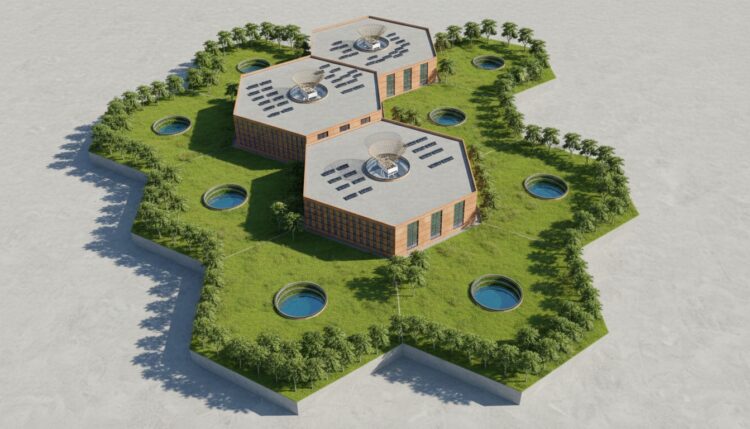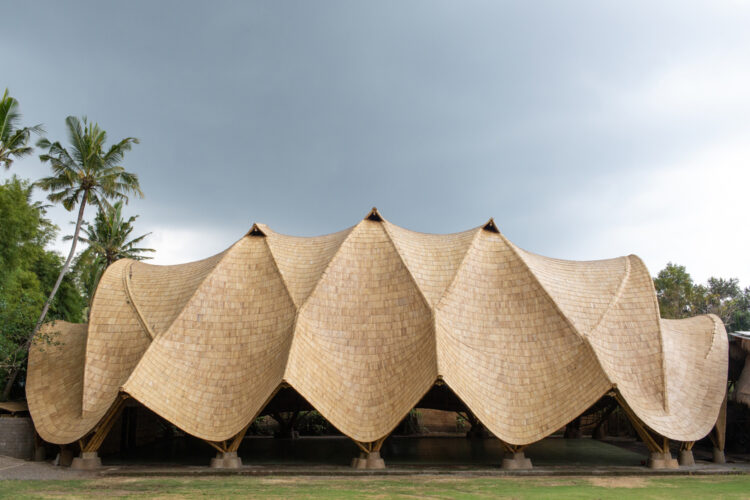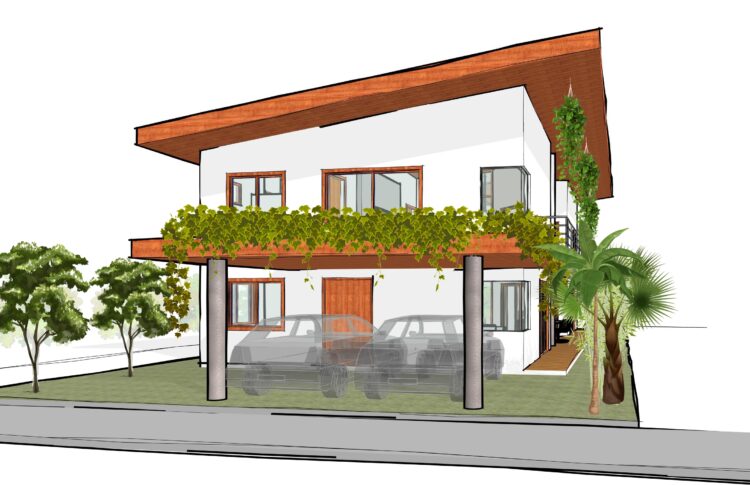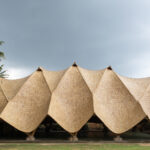Hi all! How is it going? Nature has a unique ability to captivate our senses, to draw us into its serene embrace and offer a respite from the fast-paced world we live in. The Royal Botanic Gardens Cranbourne, located in the heart of Victoria, Australia, and thoughtfully designed by Taylor Cullity Lethlean (TCL), is an interesting example of coexistence between nature and design. Spanning across 363 hectares, this captivating landscape is more than just a garden – it’s a living tapestry of Australia’s diverse flora, a place of conservation, education, and above all, a haven of tranquility.
The project received the following awards:
- 2014 AILA National Excellence Award for Design
- 2013 World Architecture Festival (WAF) Landscape of the Year
- 2013 AILA Vic 2013 Award for Excellence
- 2007 AILA Vic 2007 Award of Excellence
- 2006 AILA National Merit Award for Design in Landscape Architecture
- 1998 AILA National, Project Award, Master planning Category

The garden’s Schematic Design with all its sectors. Source: https://arqa.com/en/_arqanews-archivo-en/australian-garden.html
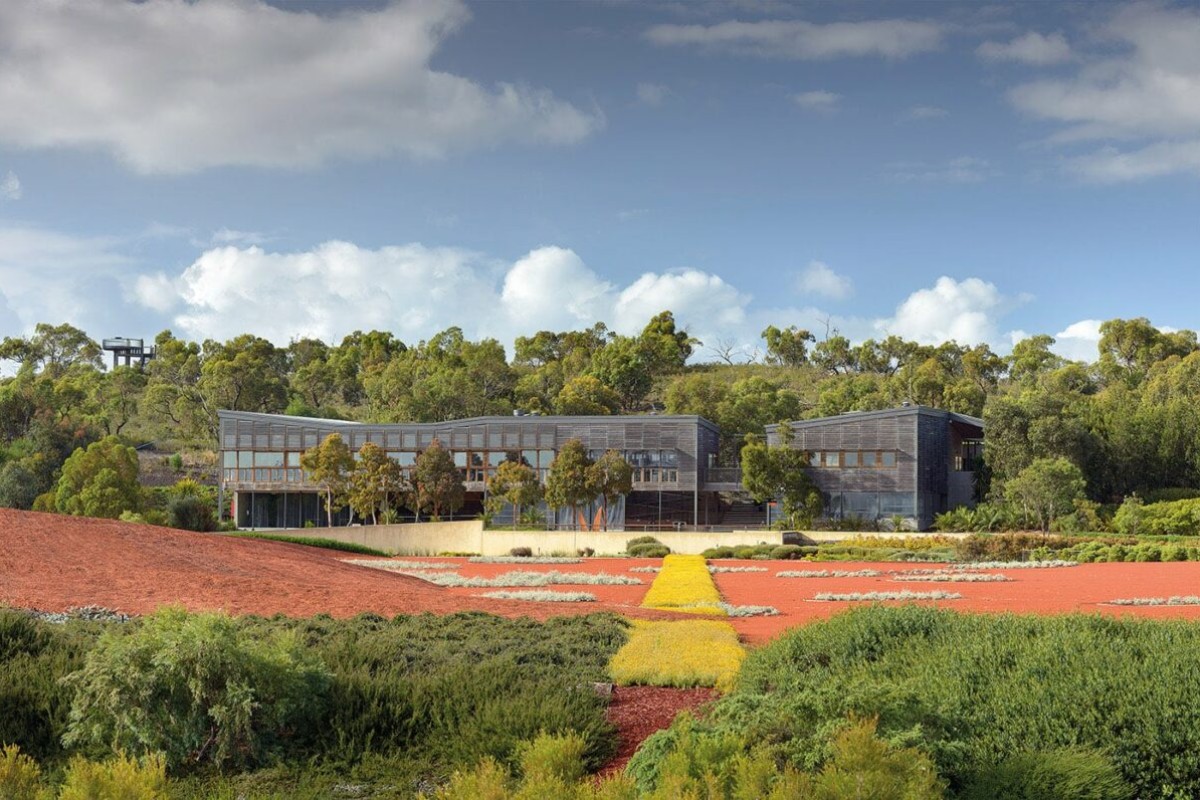
One of the garden’s pavilions whit its surrounding landscape. Source: https://tcl.net.au/projects/australian-garden
A Symphony of Australian Flora
Stepping into the Royal Botanic Gardens Cranbourne is akin to stepping into a living gallery of Australia’s native plants. Unlike traditional botanical gardens, the Cranbourne Gardens focus on showcasing plants that are indigenous to the Australian continent. From the vibrant hues of blooming wildflowers to the stoic beauty of ancient eucalyptus trees, every element of this garden reflects the unique character of Australia’s ecosystems.
One of the standout features of the landscape design is the Australian Garden precinct, which encompasses 15 hectares and is divided into distinct bioregions. Each bioregion is a meticulously crafted representation of a specific ecosystem, complete with its native plants, geological formations, and water features. As you meander through the arid landscapes of the Red Sand Garden or the coastal beauty of the Ephemeral Wetland, you’re transported to different corners of Australia, all within the confines of the Cranbourne Gardens.
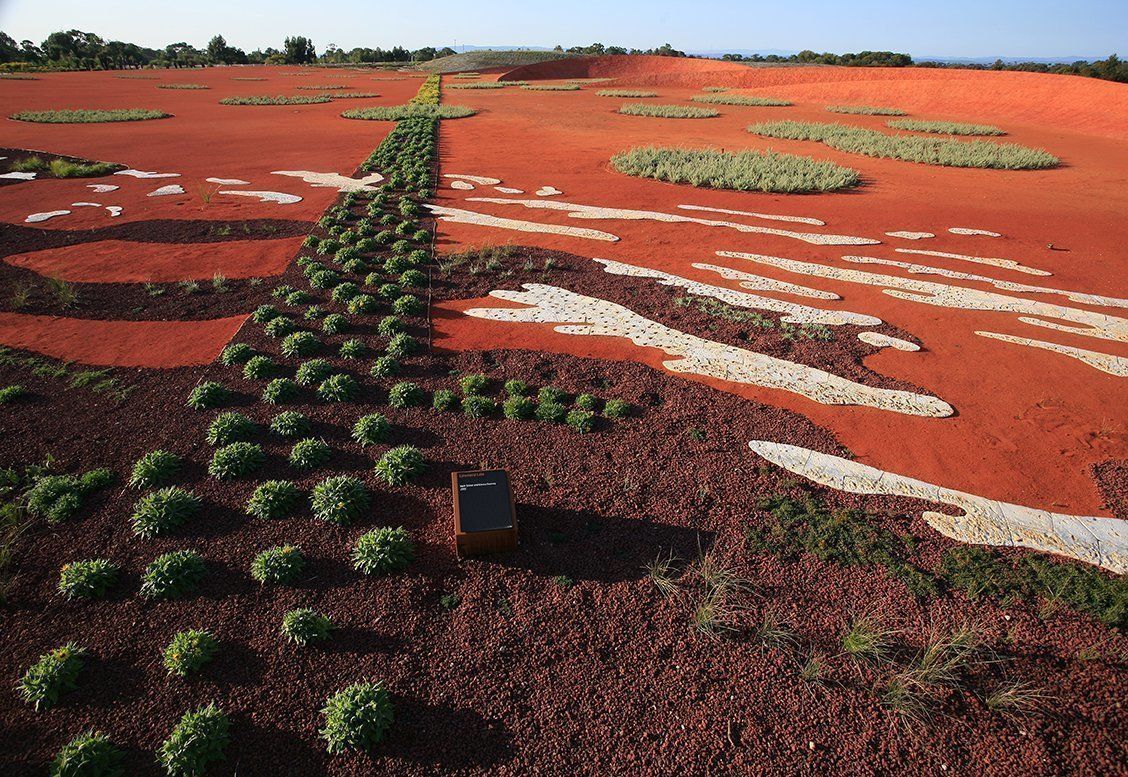
One of the garden’s sectors dedicated to the Australian Outback ecosystem. Source: https://arqa.com/en/_arqanews-archivo-en/australian-garden.html

Landscape design based on the Australian wetlands. Source: https://arqa.com/en/_arqanews-archivo-en/australian-garden.html

Landscape design based on the Australian wetlands. Source: https://arqa.com/en/_arqanews-archivo-en/australian-garden.html
TCL: Designing with Nature
The genius behind the Royal Botanic Gardens Cranbourne’s design lies in the hands of Taylor Cullity Lethlean (TCL), an award-winning landscape architecture firm known for its sensitivity to the environment and innovative approach to design. The firm’s philosophy revolves around the idea of designing with nature, rather than imposing upon it. This philosophy is evident in every corner of the Cranbourne Gardens.
TCL’s design embraces the principles of sustainability and ecological balance. The landscape architects employed a technique called “controlled disturbance,” allowing natural processes like fire and erosion to shape the land. This approach not only respects the land’s natural evolution but also promotes the growth of indigenous vegetation. It’s a testament to the idea that nature is the best designer, and our role is to work alongside it, not against it.
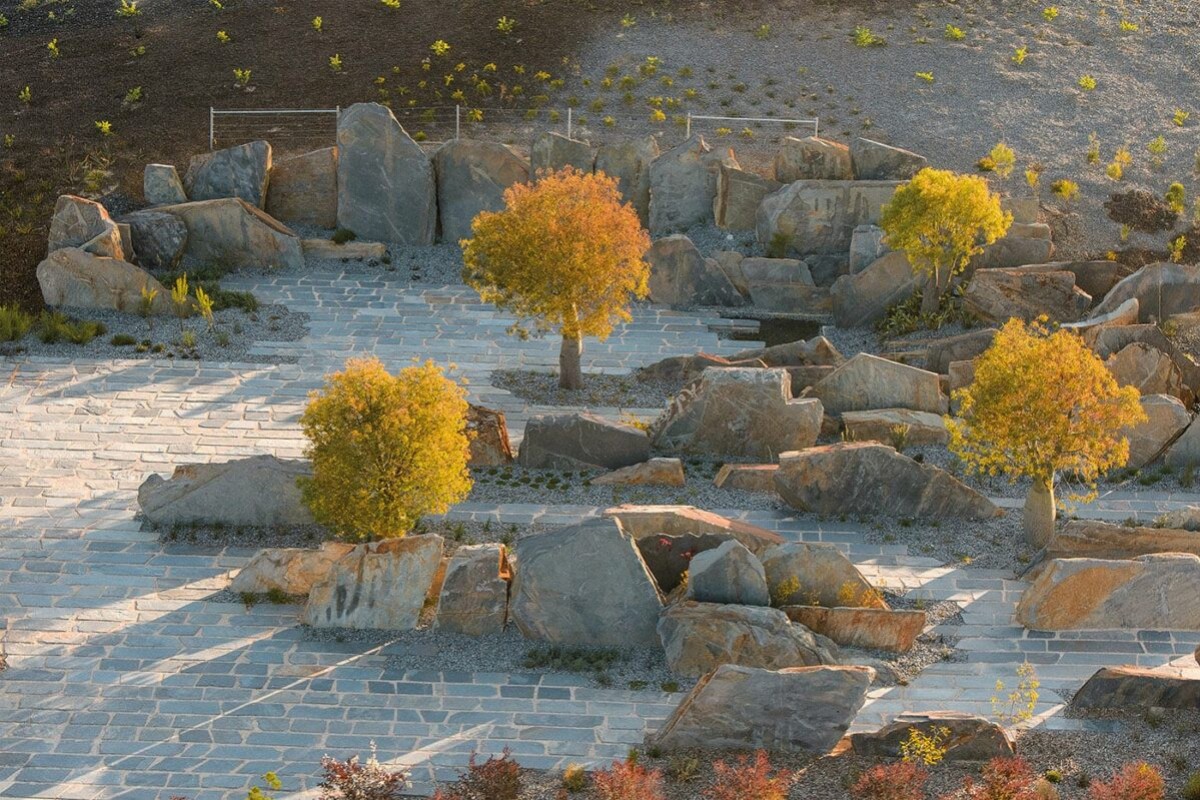
Landscape design based on Australian rocky and dry landscapes. Source: https://tcl.net.au/projects/australian-garden
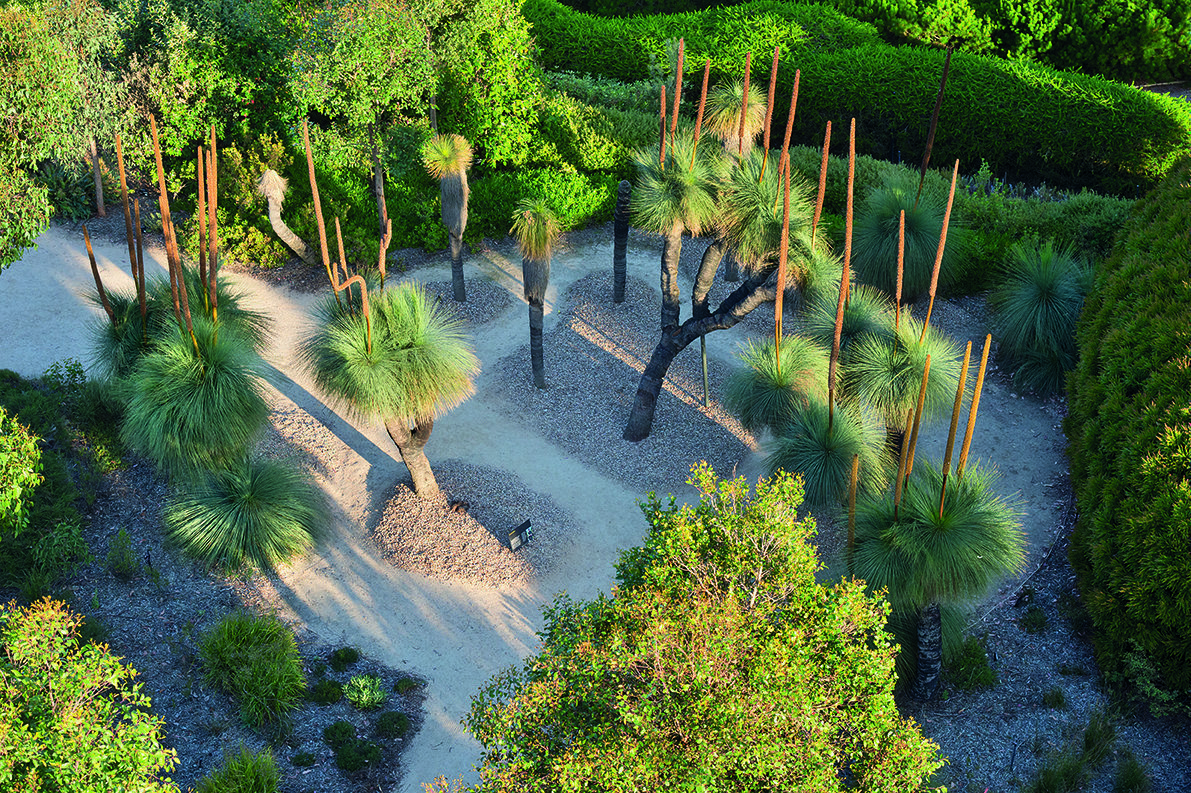
Landscape design based on Australian coastal ecosystem. Source: https://tcl.net.au/projects/australian-garden
Beyond Aesthetic Pleasures
The Royal Botanic Gardens Cranbourne serves a purpose beyond its aesthetic appeal. Conservation is at the heart of its mission, particularly the preservation of Australia’s unique plant species. Many of these species are threatened by habitat loss and climate change, making the gardens’ role in safeguarding them all the more critical. Through research, propagation, and public education, the Cranbourne Gardens are a hub of efforts to ensure the survival of these plants for future generations.
But the gardens aren’t just about protecting flora; they’re also about celebrating the intricate relationship between plants and people. The Aboriginal Heritage Walk, for instance, provides visitors with insights into the deep connection between indigenous communities and the land. This walk is a reminder that the land is not just a resource to be exploited but a part of cultural identity and heritage.
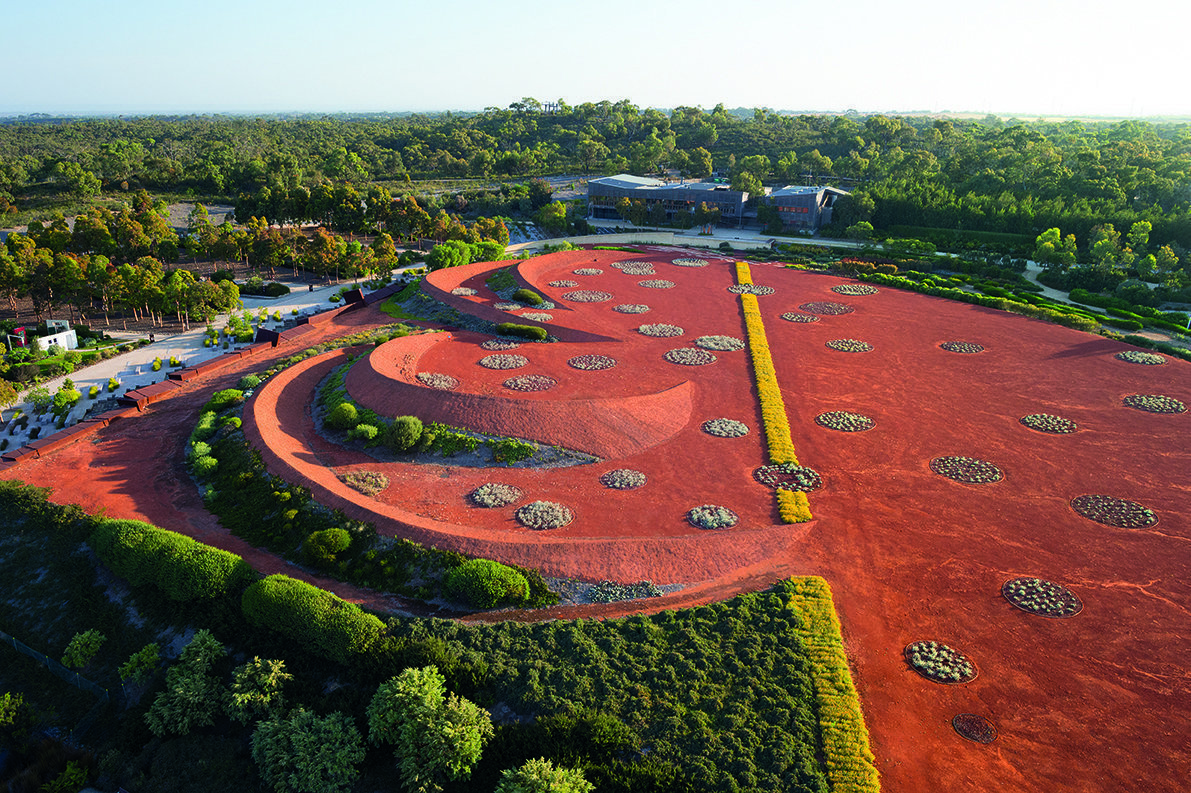
One of the garden’s sectors dedicated to the Australian Outback ecosystem. Source: https://arqa.com/en/_arqanews-archivo-en/australian-garden.html
A Place of Learning and Reflection
Education is a cornerstone of the Cranbourne Gardens. They serve as an open-air classroom, inviting visitors to learn about Australia’s diverse ecosystems, plant species, and sustainable gardening practices. The visitor center, designed with eco-friendly principles in mind, offers interactive exhibits and workshops that cater to all age groups. It’s a place where curiosity is nurtured, and understanding blossoms.
Moreover, the Cranbourne Gardens offer a space for personal reflection and rejuvenation. As you wander through the meandering pathways, surrounded by the soothing sounds of nature, you’re granted a moment of respite from the demands of daily life. Whether you’re seeking solace, inspiration, or simply a change of scenery, the gardens have a way of weaving their magic.

Detail of one of the garden’s pathways leading visitors to explore nature in different ways. Source: https://arqa.com/en/_arqanews-archivo-en/australian-garden.html

Landscape design based on Australian rocky and dry landscapes. Source: https://tcl.net.au/projects/australian-garden
In Conclusion
The Royal Botanic Gardens Cranbourne, designed by TCL, is a testament to the power of collaboration between nature and design. It’s a place where the beauty of Australia’s flora is celebrated, where conservation meets education, and where people can find solace in the embrace of nature. As we navigate an ever-changing world, spaces like these serve as a reminder of the importance of preserving our natural heritage and finding harmony within it. So, whether you’re a botany enthusiast, a nature lover, or someone seeking a moment of tranquility, the Cranbourne Gardens welcome you with open arms, inviting you to explore, learn, and connect with the essence of Australia’s diverse landscapes.
One point the designers do not mention is the fact that Australia is a very large country with diverse climate and vegetation. I wonder how sustainable would it be to keep certain types of vegetation and ecosystems that do not necessarily belong to Victoria’s region. That should be a good question to be done considering the project’s environmentally friendly approach. What do you think about it?
One last though that comes to my mind inspired by this project: “Should we build for nature, over nature of with nature?”. ♣
Important Sources:
https://tcl.net.au/projects/australian-garden
https://arqa.com/en/_arqanews-archivo-en/australian-garden.html


